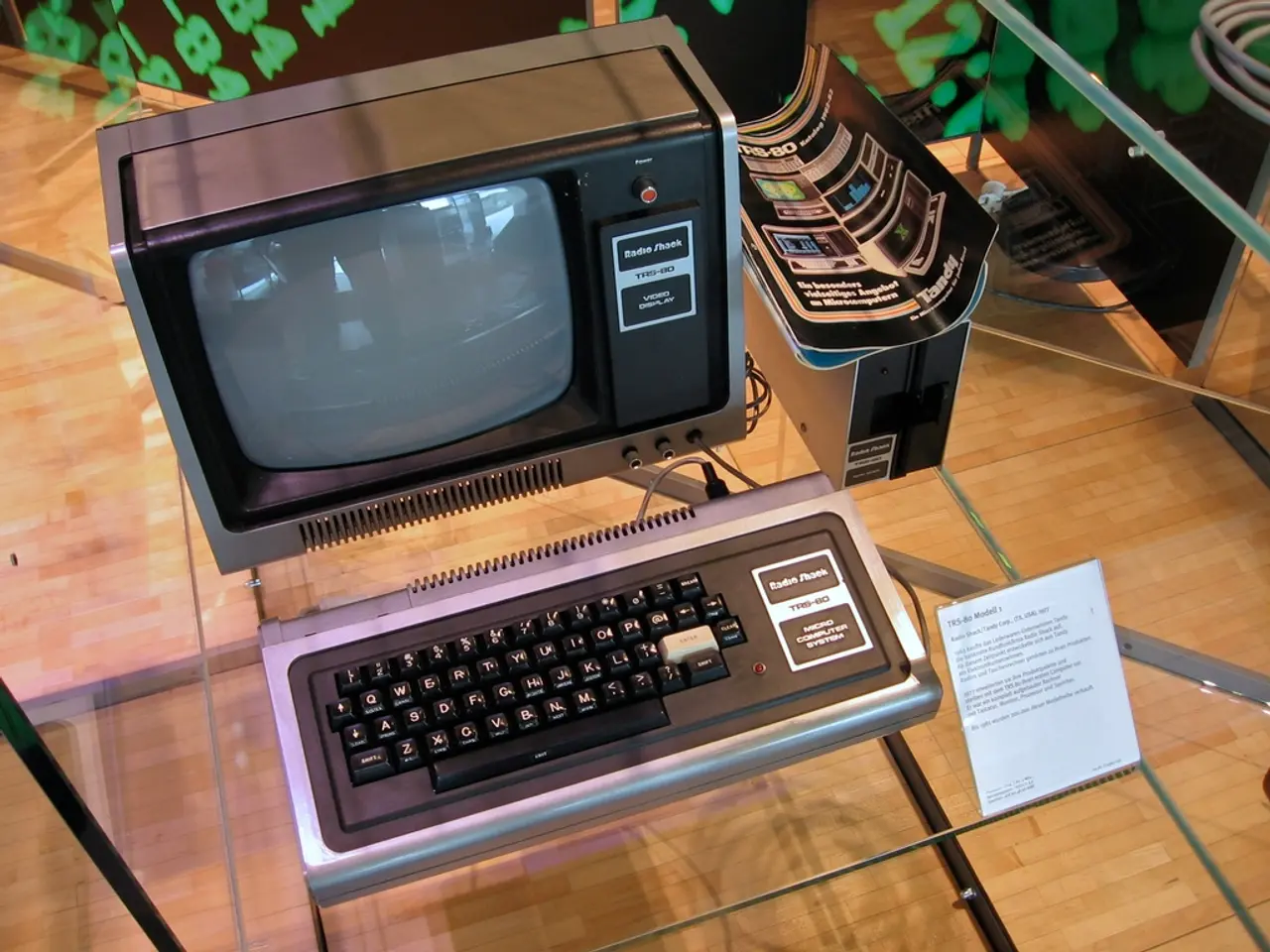Intel and NVIDIA join forces in unexpected collaboration, set to produce CPUs based on Intel's x86 architecture combined with NVIDIA's RTX GPUs.
In a historic collaboration, tech giants NVIDIA and Intel have announced a joint partnership to build new x86 products that fuse Intel CPUs with NVIDIA GPUs. The partnership, set to aid NVIDIA's foundry ambitions against TSMC, will see Intel fabricate custom x86 data center CPUs for NVIDIA, aiding their AI and enterprise efforts.
At a press conference today, Nvidia CEO Jensen Huang and Intel CEO Lip-Bu Tan provided further details about the partnership. Huang highlighted the close integration of Nvidia's AI technology with Intel CPUs, while Tan called the deal a "turning point" for Intel.
The partnership includes a roadmap with multiple new generations of chips in the works. The development of the Intel x86 RTX SoCs is likely to take at least a year, given the usual long lead times for CPU and GPU development. The processors will have both CPU and GPU units merged into one compact chip package, similar to AMD's APUs.
The new Intel x86 RTX SoCs will have an x86 CPU tightly integrated with NVIDIA's RTX GPUs via NVLink. This integration will allow the processors to share the same memory pool for increased performance. The chips will benefit power users and gamers looking for smaller PCs or laptops for creative or gaming tasks.
However, no specific benefits for power users and gamers have been outlined beyond these general improvements. Additionally, NVIDIA has not disclosed a timeline for the release of the first Intel x86 RTX SoCs.
It's worth noting that this is not the first time Intel has partnered to make CPUs fused with GPUs. In 2017, Intel partnered with AMD for the Kaby Lake-G chips. The partnership between Intel and NVIDIA will likely lead to the release of new generations of chips in the future, as per the roadmap.
Despite the exciting developments, Intel has not yet commented on the partnership. The collaboration does not impact NVIDIA's work on Arm-based chips, ensuring that NVIDIA's diverse portfolio continues to grow.
Stay tuned for more updates as we learn more about this groundbreaking partnership between Intel and NVIDIA.
Read also:
- Time is of the essence
- Addressing Transportation and Storage Dilemmas through Tailor-Made Containers
- Increase in parking enforcement: Heidelberg utilizes scanner-equipped vehicles to identify violators as pressure on parking spaces intensifies
- Meta's Hyperspace enables the scanning of the physical world and its transformation into the Metaverse, while offering innovative AI tools for users to create anything they desire.







